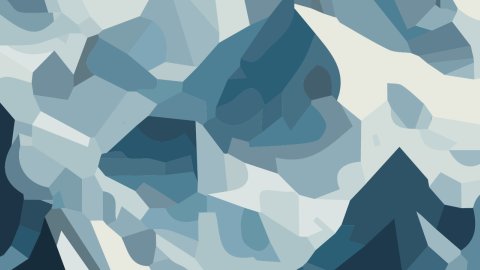Postdoctoral Research Associate in Modelling and Analysis of Interacting Particle Systems, working with Maria Bruna.
Postdoctoral Research Associate in Battery Modelling working with Jon Chapman.
Image: Still from a film by Erik Panzer of a seagull cracking a stone on the Common Room roof. Might explain a few things...


